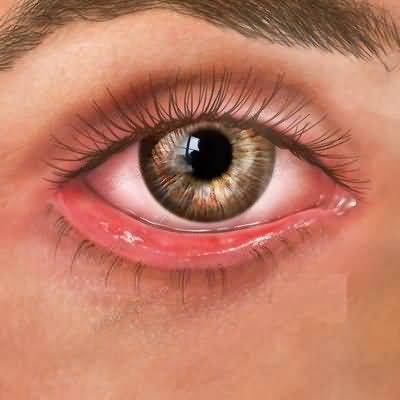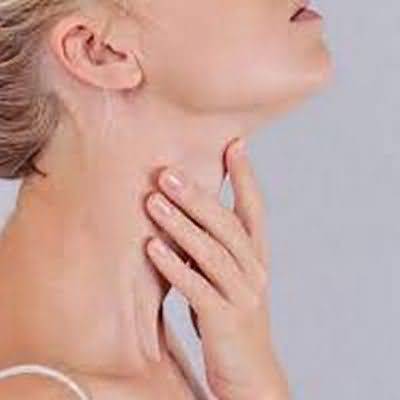allergic Eye Disease
allergic Eye Disease
Allergic eye disease is common and takes a number of different forms but all are expressions of atopy, which may also manifest as atopic asthma, atopic dermatitis, or allergic rhinitis.
Clinical Findings
Symptoms include itching, tearing, redness, stringy discharge, and occasionally, photophobia and visual loss. Allergic conjunctivitis is a benign disease, occurring usually in late childhood and early adulthood. It may be seasonal (hay fever), developing usually during the spring or summer, or perennial. Clinical signs are limited to conjunctival hyperemia and edema (chemosis), the latter at times being marked and sudden in onset. Vernal keratoconjunctivitis also tends to occur in late childhood and early adulthood. It is usually seasonal, with a predilection for the spring. Large “cobblestone” papillae are noted on the upper tarsal conjunctiva.There may be lymphoid follicles at the limbus. Atopic keratoconjunctivitis is a more chronic disorder of adulthood.
Both the upper and the lower tarsal conjunctivas exhibit a fine papillary conjunctivitis with fibrosis, resulting in forniceal shortening and entropion with trichiasis.
Staphylococcal blepharitis is a complicating factor.
Corneal involvement, including refractory ulceration, is frequent during exacerbations of both vernal and atopic keratoconjunctivitis.
The latter may be complicated by herpes simplex keratitis.
Treatment
Allergic Eye Disease Topical treatments include emedastine and levocabastine, which are antihistamines; cromolyn, lodoxamide, nedocromil, and pemirolast, which are mast cell stabilizers; alcaftadine, azelastine, bepotastine, epinastine, ketotifen, and olopatadine, which are combined antihistamines and mast cell stabilizers; and bromfenac, diclofenac, flurbiprofen, indomethacin, ketorolac, and nepafenac, which are nonsteroidal anti-inflammatory drugs . Mast cell stabilization takes longer to act than antihistamine and nonsteroidal anti-inflammatory effects but is useful for prophylaxis.
Topical vasoconstrictors such as ephedrine, naphazoline, tetrahydrozoline, and phenylephrine, alone or in combination with antihistamines such as antazoline and pheniramine, are available as overthe-counter medications but are of limited efficacy and may produce rebound hyperemia and follicular conjunctivitis. Systemic antihistamines (eg, loratadine 10 mg orally daily) may be useful in prolonged atopic keratoconjunctivitis.
In allergic conjunctivitis, specific allergens may be avoidable. In vernal keratoconjunctivitis, a cooler climate often provides significant benefit.
Corticosteroid-induced side effects, including cataracts, glaucoma, and exacerbation of herpes simplex keratitis, are major problems but may be attenuated by the ester corticosteroid, loteprednol.
Topical cyclosporine or tacrolimus is also effective. Systemic corticosteroid or other immunosuppressant therapy and even plasmapheresis may be required in severe atopic keratoconjunctivitis.
Topical antihistamines and mast cell stabilisers for treating seasonal and perennial allergic conjunctivitis.


















